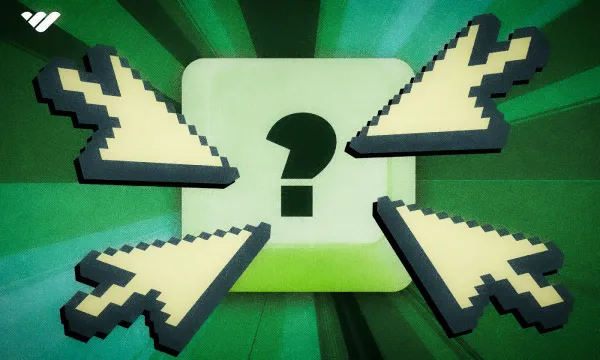It increasingly seems that the SaaS landscape is getting more crowded every day, and that trend isn’t going anywhere. Competition is rife, and as a start-up, you’re expected to grow at the sort of pace that tests the bounds of sustainability.
So, how can you balance the goals and demands of your stakeholders (including yourself) and the necessity of making a profit? The answer lies in a balanced, strategic approach toward your marketing efforts, especially if you’re in the realm of B2B SaaS.
The ins and outs of running a consumer-facing SaaS are just about a science these days, but B2B SaaS is a very different animal. So, in this guide, we’ll be looking at exactly how B2B SaaS marketing is so different, as well as 18 fantastic SaaS marketing strategies that you can bring to bear irrespective of whether you’re already an established firm or just getting off the ground!
Jump ahead to:
- How is B2B Marketing Different?
- Traditional Marketing vs. SaaS Marketing
- B2B SaaS Customer Journey
- 18 Proven B2B SaaS Marketing Strategies
- Things to Consider Before Starting Your B2B SaaS Marketing Campaign
- Market Your B2B SaaS Product on Whop!
How is B2B Marketing Different?
| B2C Marketing | B2B Marketing | |
|---|---|---|
| Customers | Individuals or Families | Other Businesses |
| Product Focus | Convenience or Entertainment | Efficiency and Solving Specific Problems |
| Feature Set |
Short |
Extensive |
| LTV | Low | Extremely High |
| Number of Customers | Very High | Low, down to a handful or less |
| Sales Cycle | Short | Long |
| Decision-maker | Individuals | Multiple Executives and/or Key Users |
What is B2B SaaS Marketing?
B2B stands for business-to-business, which means that the commerce being carried out involves businesses as both buyers and sellers of the products or services in question. B2B marketing, therefore, refers to the marketing practices and strategies employed by a selling company targeting other businesses rather than individual consumers (B2C).
Given that the target of this marketing approach is a business rather than a private individual or family, there’s a lot of nuance to consider. Companies can vary in practically every way, and even if you’re only looking at a certain industry or niche, the firms within it may be of different sizes, be structured differently, and even have different focuses and priorities that radically alter their decision-making and software needs.
Plus, B2C software products themselves often differ from B2B ones. Consumers don’t tend to need as many features as companies do, and individuals needing extremely advanced feature sets are probably using the software professionally in any case. Since this expanded list of features for B2B products usually translates into a higher price, only businesses tend to opt in.
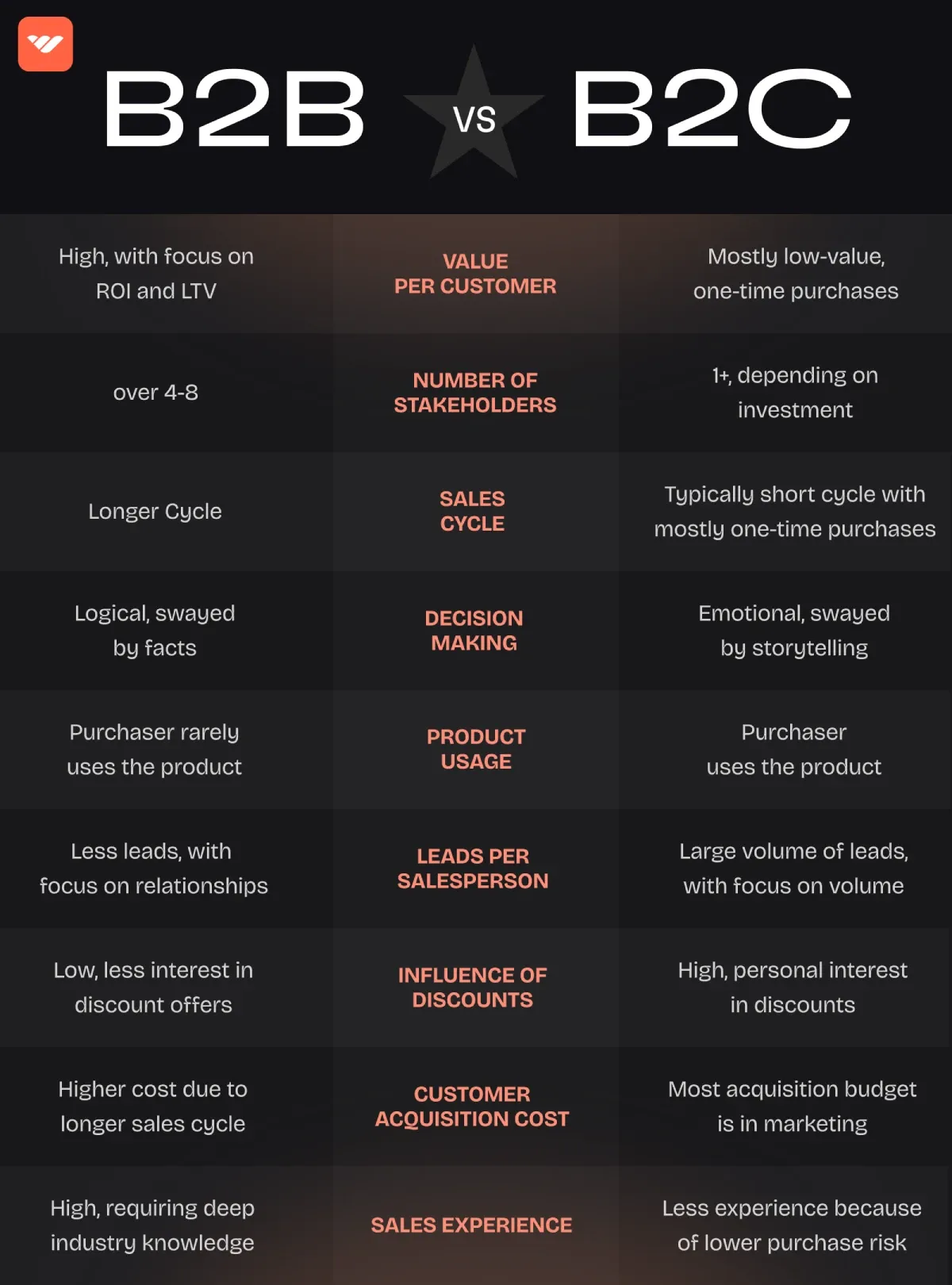
This establishes a basic principle in B2B marketing—the fact that your LTV, or customer lifetime value, will be a lot higher than in B2C because each customer represents a significant amount of revenue. This, in turn, means that you don’t need as many customers to sign up to use your software, and just inking one big deal may be all you need to achieve your immediate goals.
However, your enterprise customers aren’t usually going to just throw business your way. It can take a whole lot more effort to close a deal with a corporate client given the figures involved. This isn’t the case with B2C, where in many cases you may only be charging a consumer a few dollars a month. In these instances you need scale, and it’s all marketing and media. With B2B, your sales team really comes into play.
It can take a long time to get a deal across the line when you’re dealing with an enterprise client, and your sales team has a huge role to play. As such, you’re probably thinking about making strategic marketing moves and building partnerships in your industry rather than employing a more common B2C tactic such as influencer marketing or social media ads.
Traditional Marketing vs. SaaS Marketing
Before going any further, it’s important to understand and underline the key difference between traditional marketing and SaaS marketing, especially in the B2B sphere—namely, the revenue model.
SaaS by definition uses subscription-based revenue or at least a variation thereof, allowing customers to pay as they go rather than cough up a large lump sum for a one-off purchase. You can read more about why that’s important in this article, but the fact of the matter is that renewal becomes a big deal.

Whereas with traditional software your job is done once the customer has paid for the product (and the refund period has lapsed), with SaaS it’s a constant effort to make sure that the customer continues to pay their subscription fee. You might even need customers to stay subscribed for a certain number of billing periods to break even on their acquisition, so retention in SaaS is crucial.
Let’s use Netflix as a relatable (but admittedly B2C) example. If your favorite show is on there, you might sign up and binge-watch over a couple of weeks, then simply terminate your subscription. It’s up to Netflix to deliver great value and offer you a good enough selection of shows and movies that you decide to keep paying for a second month, a third, and so on.
As a SaaS business, it’s up to you to provide the same sort of value to your customers. On the plus side, your software is probably going to be something that has more shelf life than a single Netflix show, but you do need to ensure that you’re doing everything you can from a marketing, sales, and account management standpoint to remain your customers’ number one software for the job at hand.
B2B SaaS Customer Journey
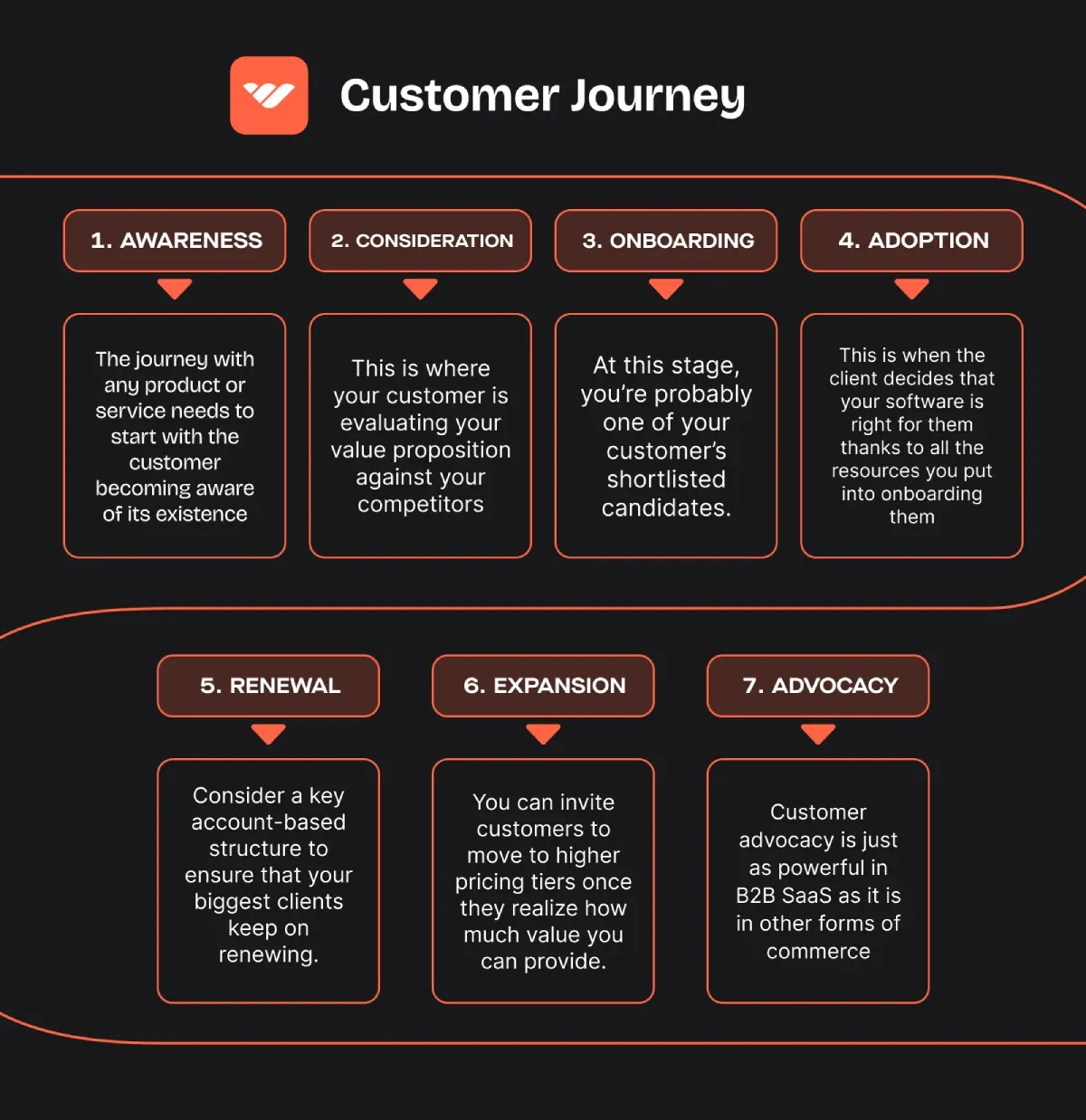
Now that we’ve outlined a lot of the major considerations when it comes to marketing in B2B and SaaS, it’s time to weave it all together. Marketing professionals often use the “customer journey” to break down how it all works, so we’ll attempt to do the same thing now with seven key stages:
Stage One: Awareness
The journey with any product or service needs to start with the customer becoming aware of its existence, but you and your marketing team need to understand how a customer–in this case, a company–becomes aware of a problem and what their first steps are when it comes to finding a solution. In the B2C sphere, most people just run a Google search - which is why blogs and videos are so important since they draw consumers in right away. In B2B, you may find the answers different in your particular niche, so you need to identify what they’re doing and establish yourself as a presence as early on as possible.
Stage Two: Consideration
Now the customer has built up their understanding of both the problem and the available solutions - and you’re ideally in the picture alongside whatever other options exist in the market. This is where your customer is evaluating your value proposition against your competitors, so you need to be able to differentiate yourself via your marketing in order to get them to choose you.
Stage Three: Onboarding
At this stage, you’re probably one of your customer’s shortlisted candidates. In the B2C world they’ll already have made their decision, but as we mentioned previously, B2B SaaS is a more drawn-out process and it takes a lot longer to finalize a sale. This is where you’re in communication with the client, and your sales team is negotiating some sort of trial run. It’s highly probable that the potential client is doing the same thing with at least a couple of other B2B SaaS firms too, so you need to ensure that you’re doing all you can to onboard them smoothly—this means an easy, low-stress trial run, your availability to communicate, and an intuitive, user-friendly software which doesn’t have too steep a learning curve. If it does, then your sales team will ideally be well-versed in walking prospective customers through their trial.
Stage Four: Adoption
An extension of the previous stage, this is when the client decides that your software is right for them thanks to all the resources you put into onboarding them. They won’t adopt your solution unless they fully understand how your software works and what features it has, and recognize that they’re getting plenty of value for money. Keeping your software’s UI polished and ensuring that you’re walking customers through its use fully is a great way to maximize adoption and prevent them from opting out before they truly understand your value proposition.
Stage Five: Renewal
In traditional business, the job is done and you’d be transitioning to a customer support focus, but that’s not true for SaaS. As already mentioned, subscription-based revenue models leave customers free to cancel whenever they want, so you need to ensure that you’re providing a consistent level of quality when it comes to your customer service, communications, and the product itself. Given the size and importance of B2B deals, you might consider a key account-based structure to ensure that your biggest clients keep on renewing.
Stage Six: Expansion
One of the major benefits of subscriptions, aside from enhanced cash flow, is the potential for expansion. What this means is that you can generate more revenue from your existing customers through cross-selling and upselling. Simply put, you can invite customers to move to higher pricing tiers or purchase additional features once they realize how much value you can provide.
Stage Seven: Advocacy
Customer advocacy is just as powerful in B2B SaaS as it is in other forms of commerce, although there’s an argument that it’s even more so. In the case of SaaS, advocacy and recommendations from a customer who’s still paying for and using the software currently might rank higher than the same glowing feedback from someone who purchased the product in the past. In addition, having a business go to bat for you is no mean feat, and it counts for a lot in professional circles.
18 Proven B2B SaaS Marketing Strategies
Now that we have had an in-depth look at B2B SaaS marketing and the customer journey, let's dive into 18 proven ways to market your B2B SaaS product.
#1. Invest in Your Website
Your website is one of the most important factors when it comes to B2B SaaS marketing simply because it’s going to be the first port of call when it comes to customer interaction. Having a good website is therefore akin to making a good first impression!
Your website doesn’t need to be revolutionary, and you don’t need to venture too far outside the box to make it work. What you need to do, however, is show your target customers that your software satisfies their needs, helps them fulfill their role, and is the best candidate for the job at hand.
Identifying who your target customer is is something we’ll get into later in this article, but once you’ve built that customer profile or “persona” you can start designing your website so it speaks to them. What’s crucial here is that you understand their desires, and show via your website that you’re able to satisfy them.
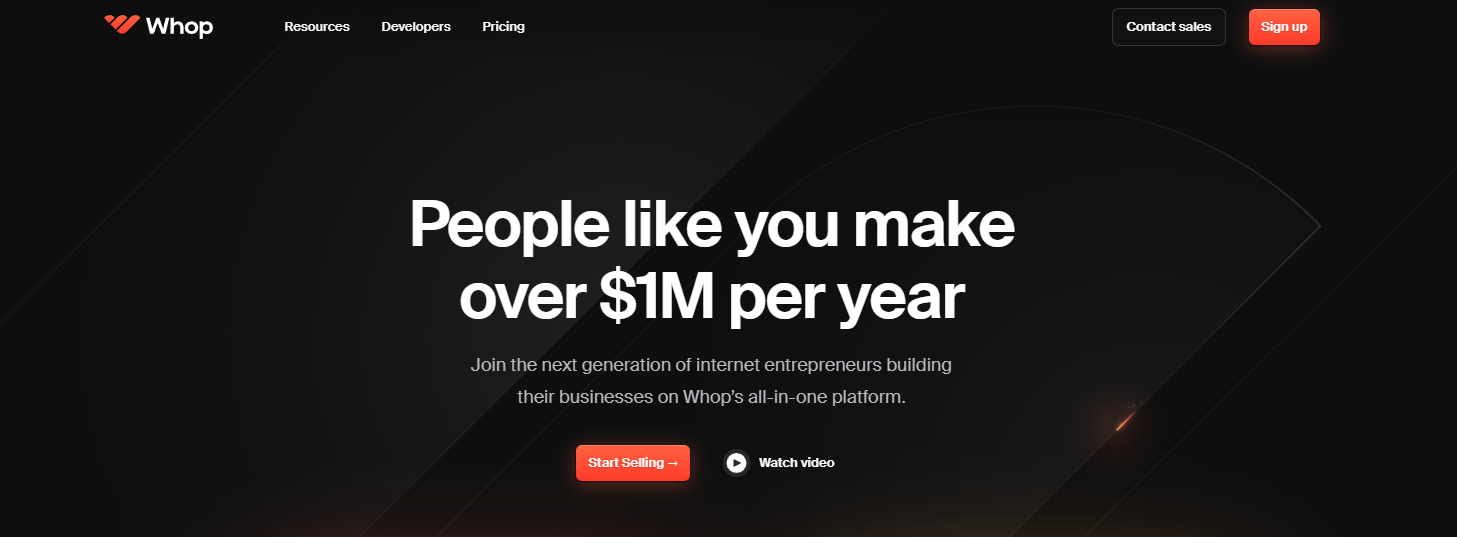
The fulfillment of a customer’s role is the second major job that your website needs to promise—and you might find that using role-focused language gets the job done. If your software finds keywords that consumers search for, tell your customers that it can play the role of keyword explorer. No beating around the bush needed, really.
Finally, make sure that your website underlines why your product should be your customer’s number one choice. Social proof is one way of doing this, whether it’s showing data about how many other firms use your product, or personal recommendations and reviews from individuals in either decision-making or end-user positions.
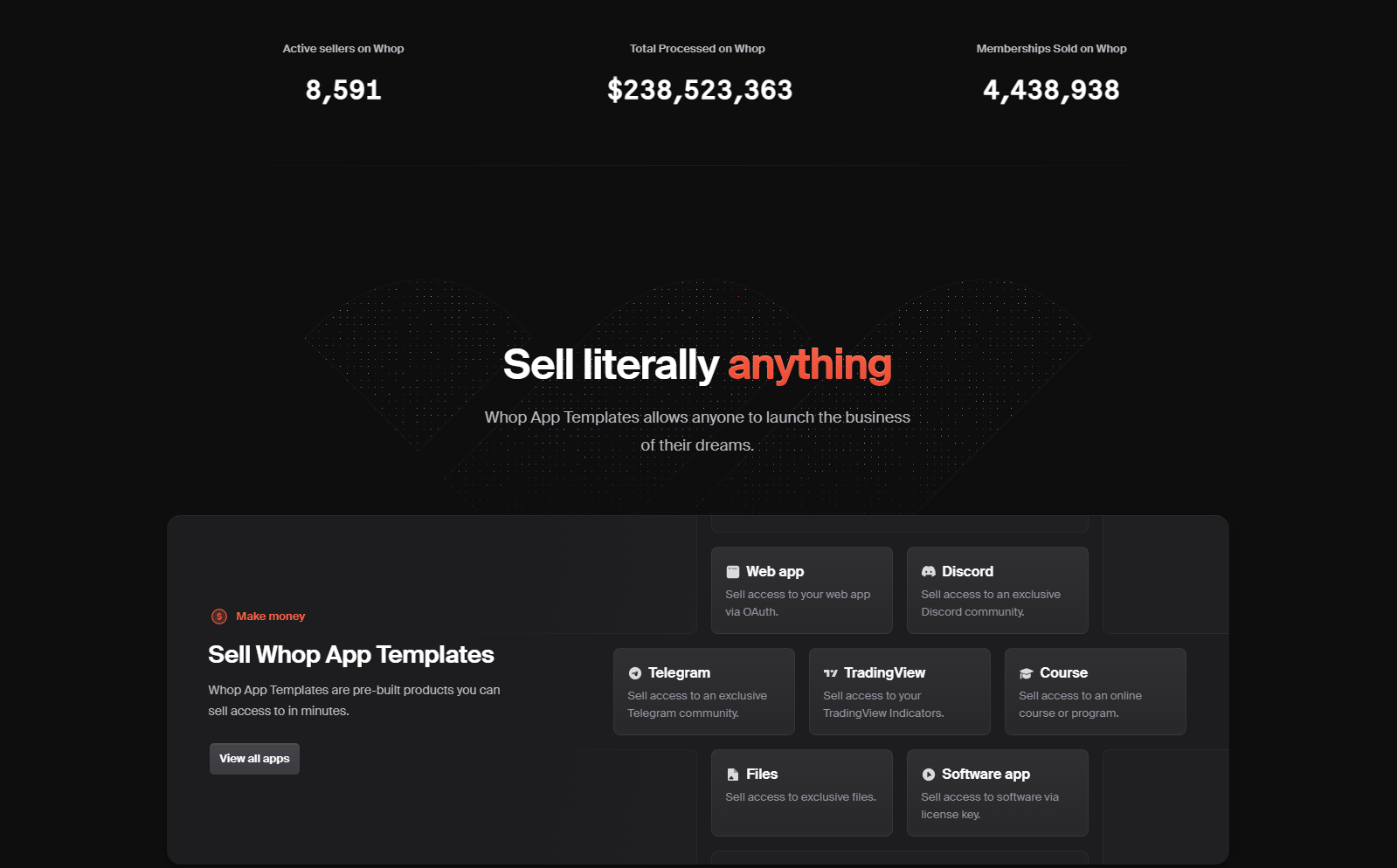
If you don’t already have a website or think your current website doesn’t really fulfill the above parameters, it’s definitely worth investing in. Getting prospective customers to your website can take a lot of work, so ensure that they stay in that marketing funnel by maximizing your website’s impact!
#2. Lead Nurturing
Lead nurturing is the term given to the building and development of relationships with potential customers at every stage of the sales funnel. Essentially, you’re attempting to build trust and increase brand awareness with all of your leads, maintaining a connection and a healthy relationship with them until they’re ready to sign up.
Doing this has the additional benefit of data gathering, allowing you to better understand the interests and behavior of your leads so as to optimize and personalize your approach. Traditional lead nurturing tends to refer to email marketing, but in the B2B sphere you can take it a lot further than that—and again, this is where your sales team can prove its worth.
Various studies have shown that lead nurturing can have an extremely positive impact on your business, generating a greater portion of sales-ready leads at a lower cost. It’s also generally held that nurtured leads make much larger purchases, which makes it crucial to take advantage of in the B2B SaaS sphere.
#3. Account-based Marketing
This is a marketing strategy that is conceptually related to lead nurturing, but rather than focusing on leads, targets specific customers in an almost bespoke manner. We’ve already mentioned that in B2B SaaS, you might only have a handful or even a couple of customers using your product—but these accounts are valuable, and may be the very lifeblood of your business.
Most traditional B2B businesses operate in this manner because it’s far easier and more efficient to deal with a handful of big clients rather than a vast number of small ones. Manufacturing firms, for instance, can optimize and streamline their production capacity and efficiency this way, and often set up their organizational chart along key account lines.
This approach is successful for a variety of reasons, but what it boils down to from a marketing point of view is that each account is treated as its own market. So, marketing and sales identify and go after target accounts in as specific a manner as possible. The customer is then offered a customized onboarding experience, and the account team moves forward with them to ensure retention as well as upsell and cross-sell.
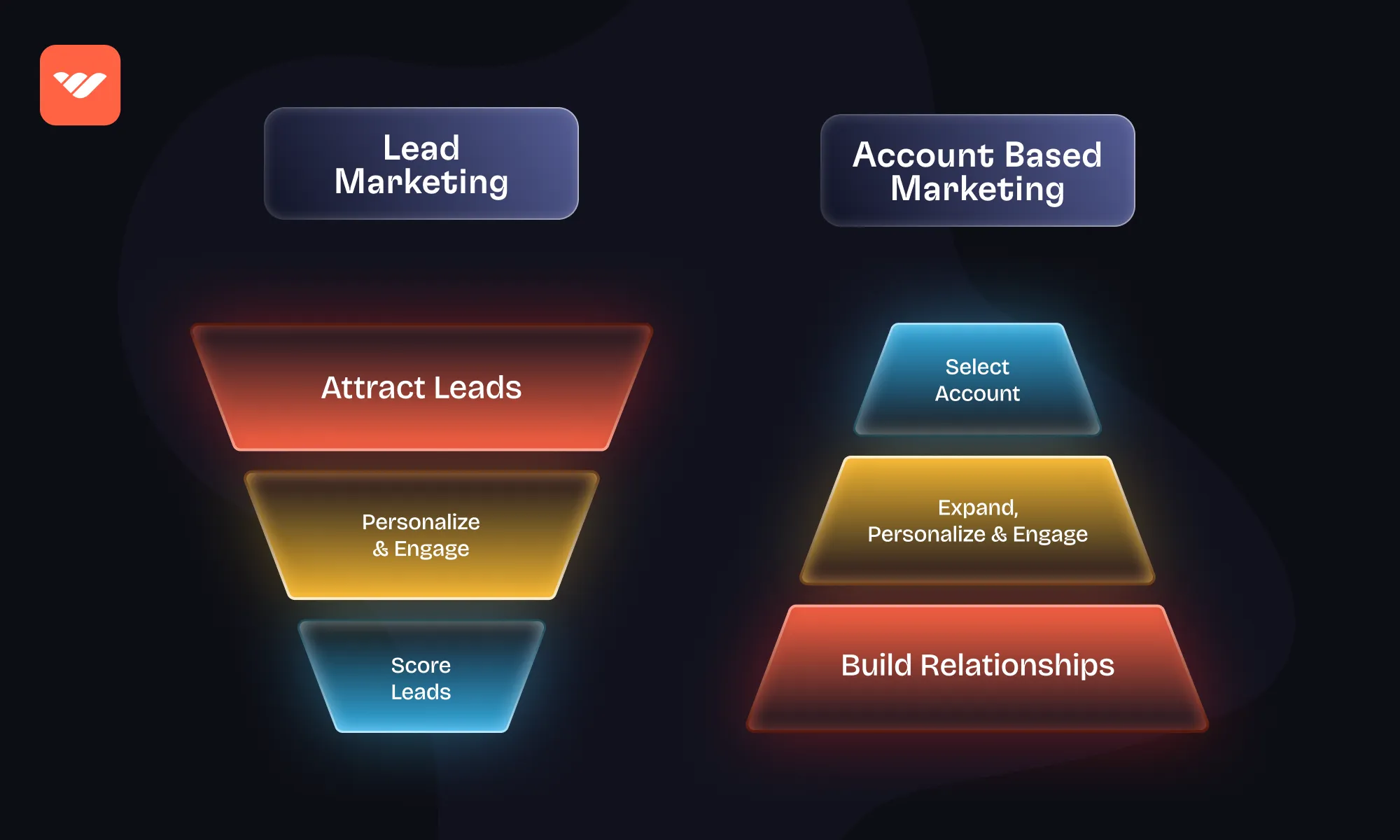
Allowing your marketing and sales teams to target specific accounts in this manner lets them develop multi-channel strategies aimed at all of the customer’s key stakeholders. We’ve already touched on the fact that there are a lot of parties to consider when it comes to B2B—and here, an account-based marketing approach allows you to appeal to all of them.
Account-based marketing, given the focus on developing an account team and maintaining a customer relationship following acquisition and onboarding, tends to enhance your LTV (customer lifetime value). If ever something could be described as the holy grail of subscription business, that’d be it!
#4. Build Growth Loops
On the subject of LTV, it’s important to touch on the term growth loop. Quite simply, it’s the idea that if a user remains subscribed to a service for long enough, they’re satisfied with the value they’re getting and would be willing to recommend it to others.
This concept underlines the importance of customer advocacy, especially in a B2B context. In B2C business, advocacy is still incredibly valuable, and there are plenty of consumers who’ll pin their final decision on a review score. In B2B, advocacy can be even more meaningful since it’s a firm recommending a product they’re still using to other firms.
That being said, it’s not always easy to build these growth loops since advocacy may not be quite as organic in B2B business. A lot of B2B SaaS firms manage it in subtle ways, and even just a bit of branding or a CTA on generated emails or reports can go a long way.
#5. Marketing Automation
Some of the strategies we’ve discussed above can be considered highly resource-intensive, and implementing them might mean that your time and attention is drawn away from other areas of your business. That’s why this strategy is all about the automation of selected marketing tasks, which frees you up to pursue those other avenues.
Tasks such as email marketing and social media can be automated thanks to a variety of software on the market, and you can even ensure that a lot of your lead nurturing efforts are handled in this way as well.
It’s also worth mentioning CRM here. Customer relationship management software can help to take some of the burden of customer interaction away while also ensuring that the personal touch isn’t lost. It can also supplement your marketing efforts thanks to the sheer amount of data and granular levels of detail CRM software gives you access to.
#6. Search Engine Optimization
Search engine optimization is a marketing strategy that has been around for a while, but it remains paramount in importance even as the waters of the internet chop and change. The simple truth is that when a person has a problem, one of the first paths toward solving it is turning to a search engine.
This is as true for businesses as it is for consumers, but is perhaps more complex since different company stakeholders may choose to tackle the problem through a different selection of keywords. This makes developing an SEO strategy for your B2B SaaS strategy crucial since there’s an opportunity to attract some extremely qualified leads.
Building links and creating SEO-optimized landing pages are two different components of this strategy to follow, but it may take time and a lot of effort to do so—having an in-house SEO team is therefore a great idea if you have the budget for it. Otherwise, a digital marketing agency or SEO services firm is your best bet.
#7. Content Marketing
Content marketing is a powerful tool, and you can (and should!) harness it to its full potential when dealing with other businesses. What sort of content you invest in and produce depends on your target customer profile—you might choose an entirely different content mix based on insights about what content appeals to key stakeholders.
When modern marketers talk about content, it’s usually social media. Don’t be fooled by this—if your target customers may be more swayed by case studies or research reports, then go for that. Blog posts are usually a winner, as is longer form text content like eBooks.
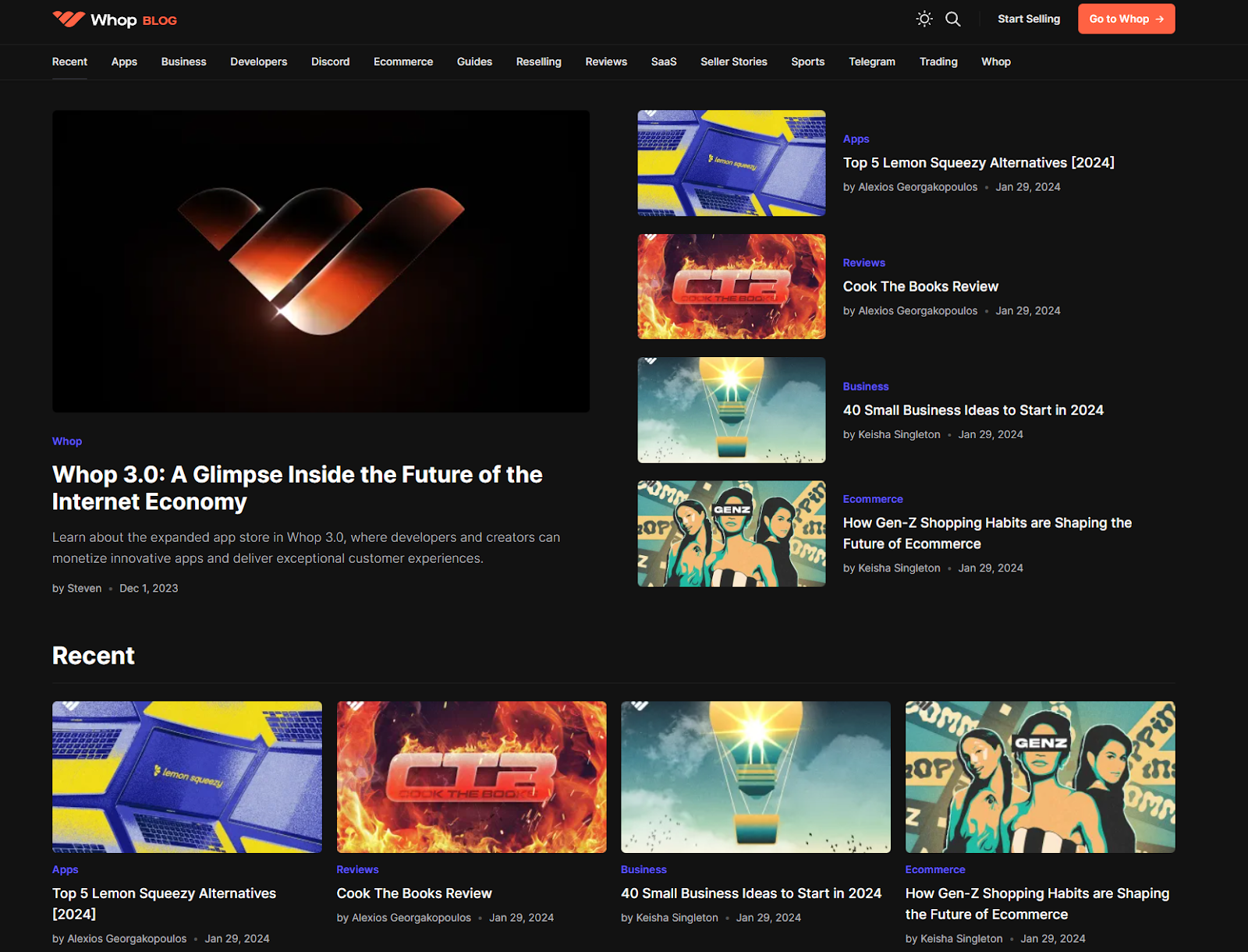
The goal is to establish yourself as an authority in your niche or industry and develop the trust of potential customers via your content. So, even if you have to outsource your content, don’t skimp—given that the audience for your content will most likely be experienced industry veterans and professionals, you’re looking for an extremely high level of quality.
#8. Targeted Content
This one’s an extension of the previous point, but worth its own category since it’s just as important to ensure that your content gets to your prospective customers. This targeting is key, because even the highest quality content can go unseen otherwise.
By delivering your content to the people in organizations actively looking to solve the problems that your software does, you can put yourself in a prime position to acquire their business.
Again, the actual form your content should take may differ—you’ll get the best results if you’re able to identify exactly how your customers go about solving their problems. With those insights in hand, you can target them effectively and in exactly the right form or media.
#9. Landing Pages
The first entry on this list of B2B SaaS marketing strategies went into detail about the importance of your website, but it’s worth mentioning that you should pay special attention to the landing pages on your website.
Generally, your landing page should reinforce the messaging around your product. That is, you should be communicating what your product does, who it’s for, and why it’s a great choice. There are plenty of fantastic examples of good landing pages out there. All of them do those three things, and they do them well.
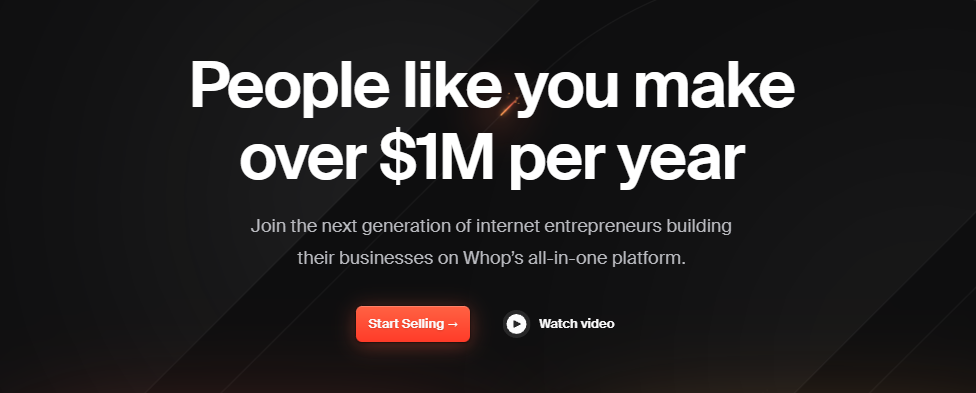
It can actually be tricky to drive traffic to your landing pages, but that’s not the biggest issue. The fact is, landing pages are designed to drive conversion, the idea being that someone who arrives at your landing page is almost ready to sign off on the deal. Your landing page is there to give them that vital little nudge across the line.
#10. Customer Pain Points
Developing an understanding and a certain amount of empathy with your customer toward their pain points is critical to B2B SaaS marketing, and explains why so many entrepreneurs are able to found hyper-successful businesses on the back of industry experience.
If you aren’t an insider, don’t fret—there are still plenty of ways to acquire this sort of understanding. Direct contact and communication with your customers is the best way to do it, and many existing customers will readily support these efforts given the symbiotic motivation behind them.
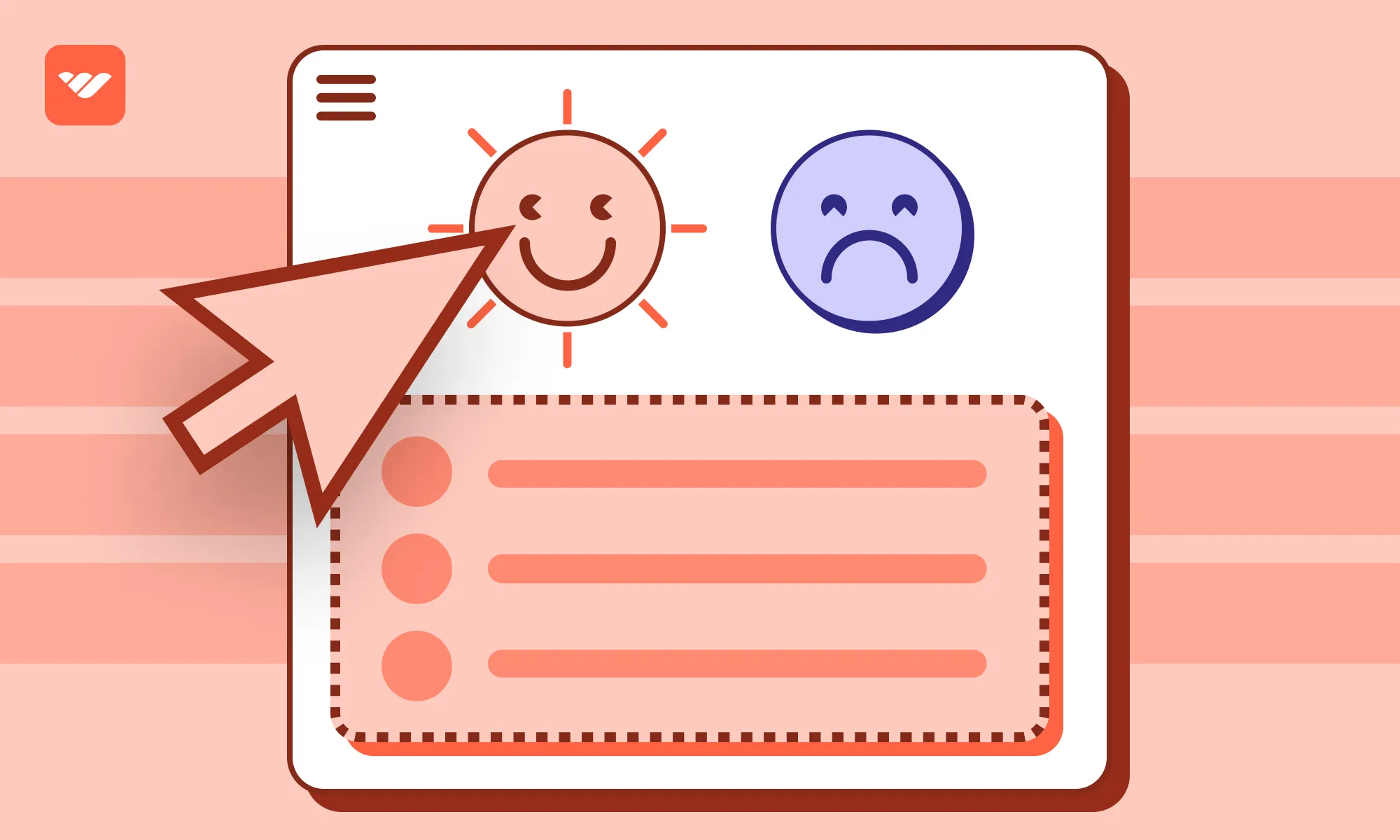
Aside from this sort of direct dialogue, any number of traditional marketing tools are also available here. Surveys and website analytics along with CRM system information can give you a wealth of quantitative data, and you can pair this with learnings from interviews with key customers or even focus groups for valuable qualitative insights.
You might also find yourself signing up to use your customer’s products or talking directly to their own customers, especially those falling under the category of alpha consumers. It might be quite easy to pull off as well, and can lend you an additional perspective on your customer’s situation that you might not previously have had.
Thanks to all of this research, you should be able to develop a great understanding of your customers’ pain points. This, in turn, will let you develop specific features or even new products satisfying these needs and eliminating these pains, leading to those valuable cross-sells and upsells and heightened LTV.
#11. Social Proof
One of the most powerful things you can imbue your website with is social proof. You’ll see most SaaS firms try to do this in some way or the other, although with B2B SaaS it tends to be via reviews and testimonials.
The main reason to display these on your website is to point out that your prospective customers’ peers are already using your product, and loving it. Reviews from key company stakeholders in the same field are easier to trust, and prospective customers will be much easier to onboard if they see this.
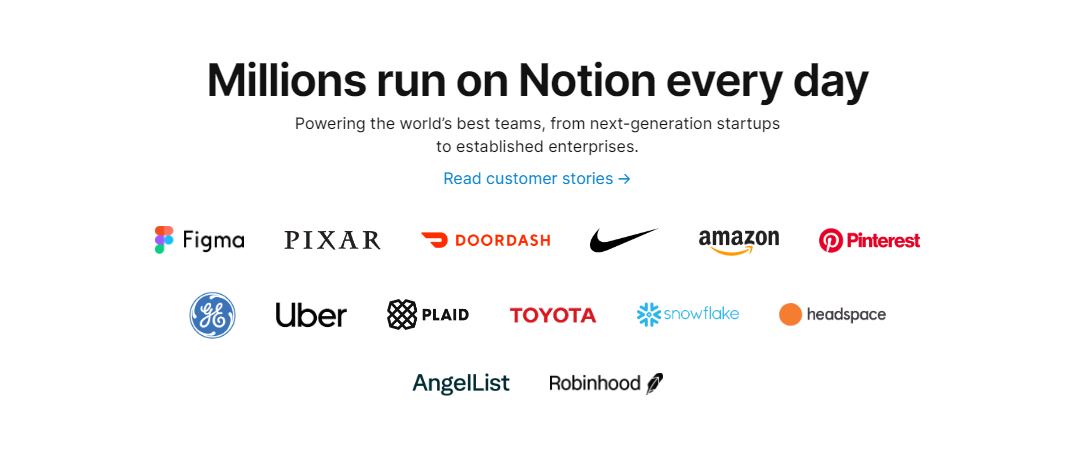
You can also use case studies as an example of this, showing prospective buyers how much signing up with you has helped them achieve and even exceed their own business goals. For example, check out this page to see how Whop uses social proof by sharing stories of how signing up has catapulted sellers to new heights.
#12. Affiliate or Referral Marketing
We’ve already touched on the power of advocacy when it comes to B2B SaaS marketing, and affiliate marketing is a way to encourage that. Advocacy doesn’t always happen organically, so incentives can be quite effective when it comes to pushing a customer over the line and getting them to evangelize on your behalf.
Referral marketing can come in various forms, but it tends to be far easier to encourage smaller business customers. Discounts, free products, and other incentives might be more attractive at this scale, although larger customers (or individual stakeholders belonging to larger organizational customers) can often be easily convinced to leave reviews if they’re satisfied.
These reviews and testimonials, and even any case studies that you seek to carry out, can then be featured prominently on your website. That builds into the power of your website as a marketing tool, and allows you to use these strategies in a complementary manner!
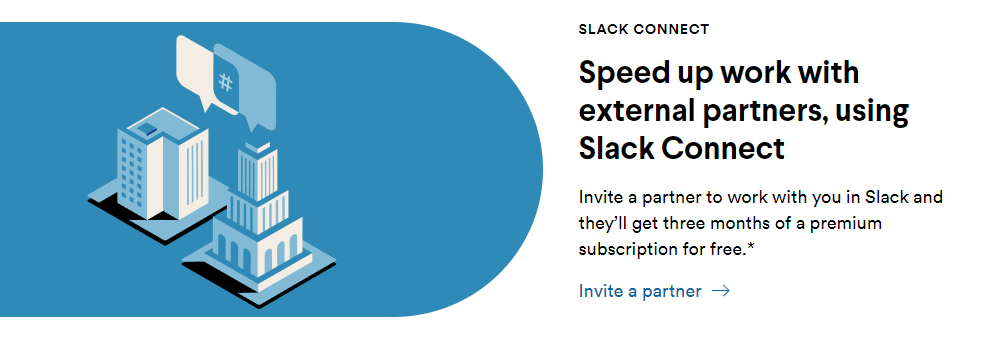
You might be in a good position to take advantage of affiliate marketing if you’re dealing with smaller businesses, especially in various areas of social media such as influencers. They have large followings by nature, and you can avail yourself of these followings by simply offering a commission.
#13. Sponsorship
Sponsorships are an excellent way to reach enterprise clients, especially if you have some insights into the sort of websites and media they frequent. Purchasing visibility on media sites can be a great way to get ahead of the queue, because your competitors may not have the same sort of insights into the behavior of your customers.
Social media platforms like YouTube tend to be the first port of call when SaaS firms have a plush marketing budget, but your competitors are going to be there too. Instead, try going where your competitors aren’t!
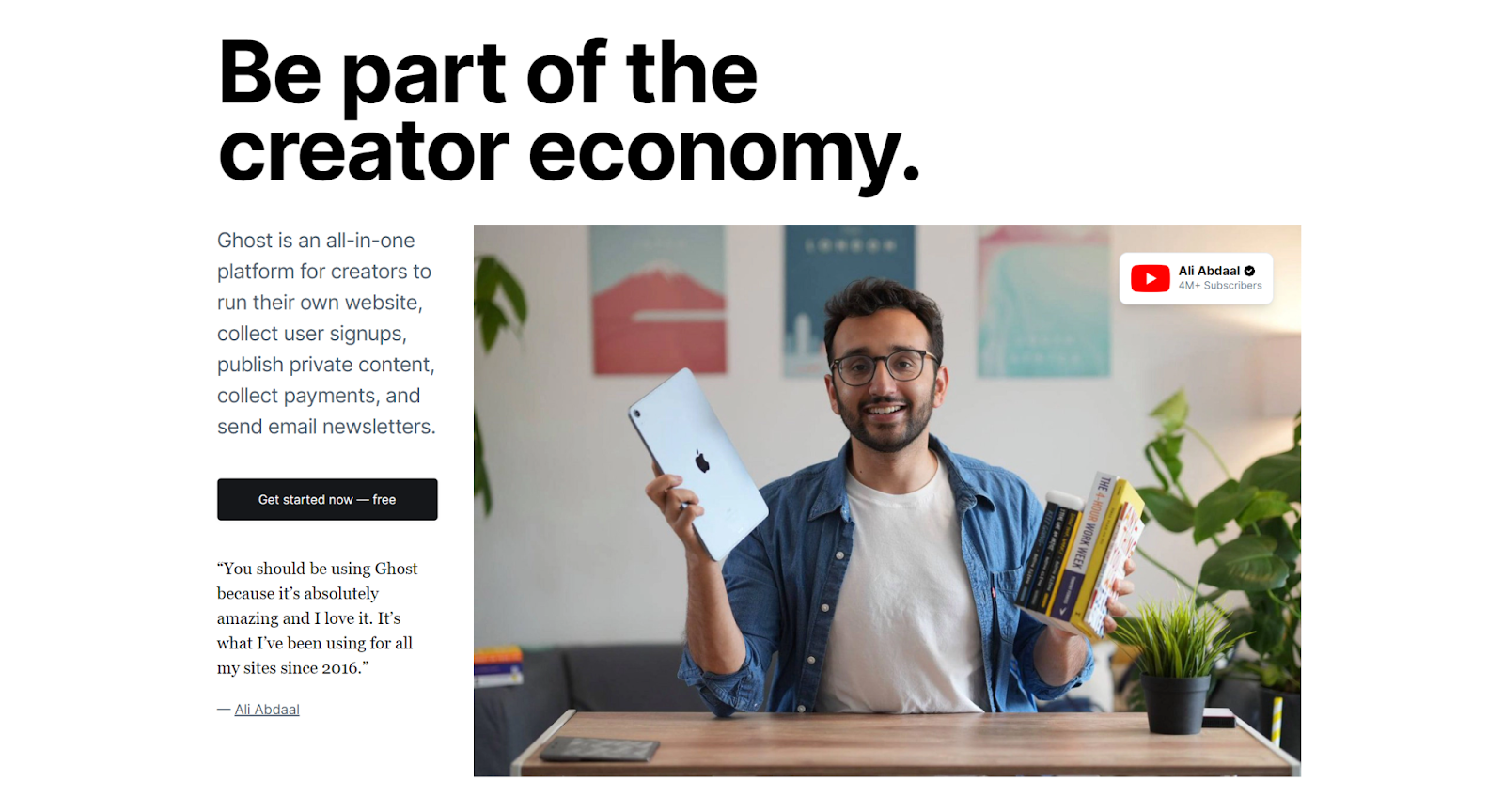
An interesting way to do this is by sponsoring micro-influencers. These smaller influencers tend to have extremely involved audiences, giving you lots of bang for your buck. In fact, these audiences may be all you’ll ever need!
#14. Brand Positioning
We’ll look at the importance of branding in more detail later, but it’s very possible to leverage your brand positioning as a B2B SaaS marketing strategy in its own right.
One of the main things that your brand positioning can do for you is set it apart from the competition. This can help to increase factors such as visibility, with the goal of building up your brand recognition alongside a growing sense of identity as your business scales up.
If you’re able to put your branding strategy together effectively, coherently, and powerfully, you’re developing a base for long-term success and a brand that your customers can trust.
#15. Social Media
It’s hardly necessary to mention how powerful of a force social media is in today’s day and age, so you’re missing a trick if you don’t utilize it in at least some small way. The key with B2B SaaS marketing, however, is to use social media as a relationship-building vehicle, engaging with your audience.
It’s also a good way to promote your marketing content, either leveraging your own audience and reach or through platform advertising. Still, you shouldn’t really lean on social media for too much more than relationship-building, since it’s extremely powerful in that sense but can’t serve as your proxy website or landing page.
#16. Pay Per Click Advertising
Another great way to ensure that your marketing budget is spent exactly where it needs to be is pay-per-click advertising. Often abbreviated simply as PPC, this B2B marketing strategy allows you to place ads on search engines like Google and then pay for each click it gets.
This eliminates a lot of guesswork and also ensures that you’re just that little bit more efficient with your resources since a lot of marketing strategies boil down to paying for impressions. With PPC, you’re paying not for the impression but for the next step in the descent through your sales funnel. It also allows you to aim at customers actively searching for the sort of product that you’re offering.
That being said, there are a couple of major caveats when it comes to PPC advertising. On the one hand, you need to be both strict and careful about your budget. This strategy could very easily see you overspend, meaning that your campaigns are less profitable and it’s the search engine who comes out the big winner.
Secondly, keyword choice matters. If you don’t pick your keywords right, you just aren’t going to be seen by the people who matter at the sorts of businesses you’re targeting.
#17. Newsletter and Email Marketing
Newsletters are a great way to build a community and nurture both customers and leads, since you’re letting them opt-in. You can use newsletters to amplify your B2B marketing efforts by giving product updates and creating content for readers.

This builds a link between yourself and your customers, and you can stay at the forefront of your leads’ minds even though not all of them will actually read the entirety of your newsletter. For those who do, however, you’ll need to provide significant value, matching the theme of high-quality content we mentioned earlier in this list.
#18. Cross-channel Marketing
Aside from the stereotype of putting all of your eggs in one basket, using multiple and varied marketing channels helps you to cover areas that individual strategies may miss. Each strategy has strengths and weaknesses—there’s no point in building a wonderfully designed website, for instance, if you have no way of driving traffic to it. By the same token, great content needs to be complemented by efficient landing pages, else you’ll be missing out.
At the end of the day, there’s no single formula for success, and none of these strategies can really work in isolation. You’ll need to mix and match your strategies, creating a marketing mix that’ll work for your situation.
Things to Consider Before Starting Your B2B SaaS Marketing Campaign
So, how do you actually go about developing that B2B SaaS marketing mix and choosing which strategies to focus on? Here are the main things to think about.
Understanding Your Audience: Creating a Customer Persona
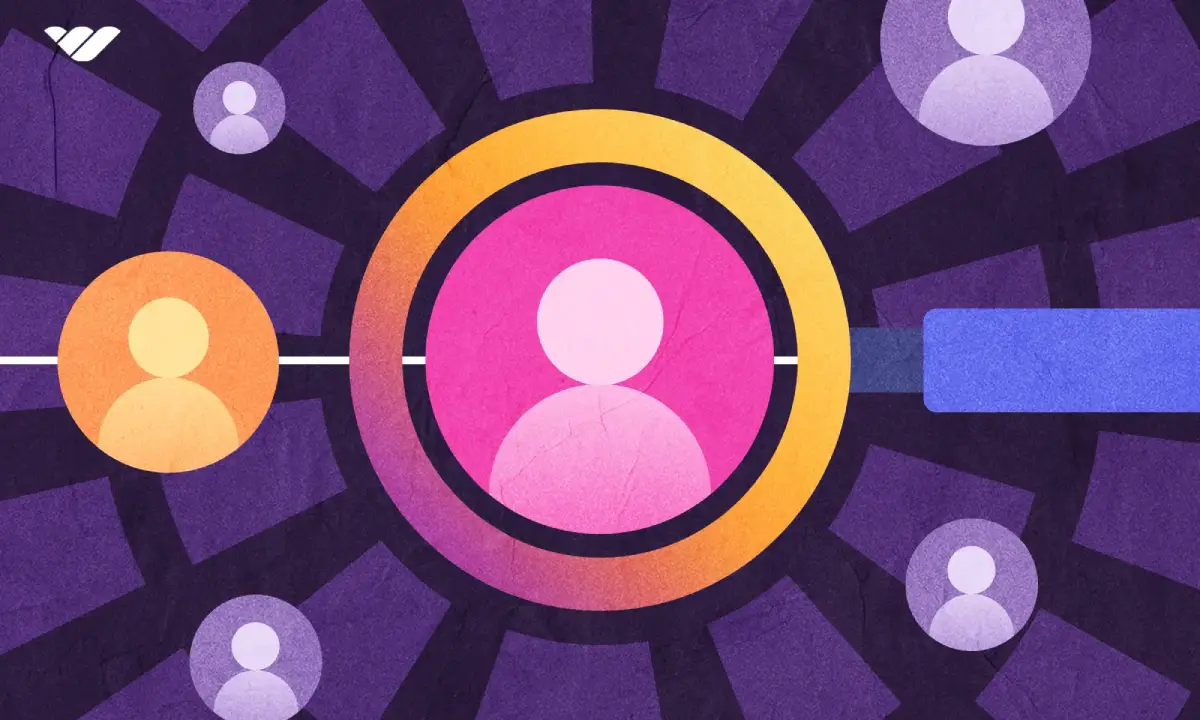
Several of the strategies we outlined above established a certain dependence on knowing your audience, so it should already be clear that your options are limited if you don’t have as much insight as possible into who your customers truly are and what makes them tick.
Given that these target customers of yours are businesses, things can get a bit complex. It’s easier if you’re B2C, since it’s relatively simple to build a buyer persona or ideal customer profile. Whether it’s setting out the basics in terms of making assumptions on demographics and interests or actually sounding out actual alpha consumers, the exercise is fairly simple and might not even cost you more than a $100 gift card and a cup of coffee.
With B2B, though, you’re trying to profile a company. As such, it’s useful to try and get to know the B2B SaaS customer journey in detail, learn as much about the companies in the industry you’re targeting as possible, and figure out their culture. Then it’s all about the people, from who the key decision makers are to who the end users of your software might be.
The best way to accomplish this is to establish lines of communication. It may be possible to do surveys, interviews, and even focus groups. Social media might help, as may professional networks or industry-related groups.
Establishing Your Brand
Developing your brand identity is crucial for any company, and it gives you an opportunity to double down on your strengths and the way you serve your customers’ needs. Your branding helps you to stand out from your competition, and it lets you make a powerful statement about who you truly are as a business or developer.
Generally, you should be looking to develop your brand and your brand positioning around what your customers want and what you do. This can help you identify and emphasize your unique selling point (USP) and it gives you a foundation on which to develop customer loyalty and trust.
If you’re still figuring your business out, a vital part of your business that could be considered part of brand positioning is your business model. There are a lot of great SaaS business models to choose from, and picking one will ultimately come down to your target customer profile more than anything else.
Outlining Your Goals
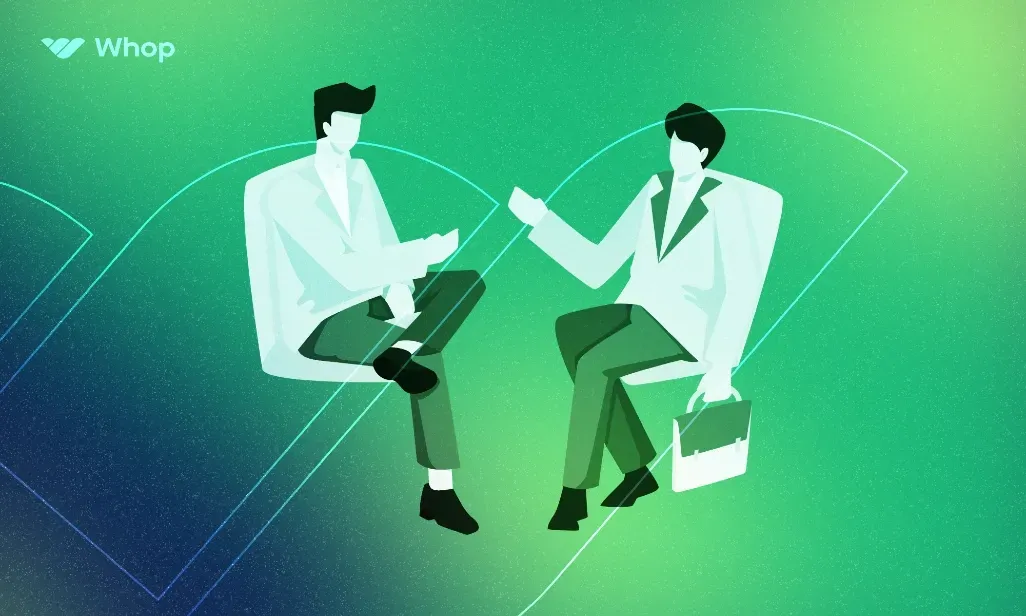
Now that you know your target market and what sort of brand positioning you’re basing your business on, you can look at your marketing efforts and develop a set of goals that works with the B2B customer journey we detailed previously in this guide.
Remember that it’s a good idea to set goals that are specific and measurable, but also realistic. This will help you develop a milestone system and chart your way through the various stages of progress.
Without goals, deploying any sort of marketing effort doesn’t make too much sense since you have no real idea of what you want to achieve. However, if your goals are measurable (for example, “improve conversion by 2%” or “gain 10 customers through referrals” across a set amount of time) you can deploy a strategy catered toward achieving that goal, and then review its performance at the end of the time frame.
You can do this for each stage of the customer journey, and target various key SaaS metrics that you want to improve on via marketing.
Setting Your Budget
Outlining a set of smart, effective goals is all well and good, but you also need a budget in order to actually realize your vision. How much you can spend on your marketing efforts may differ wildly—a lot of established companies spend a massive portion of their revenues on marketing in an effort to corner the market, while SaaS start-ups often operate on a shoestring.
Whatever your budgetary reality, it’s wise to be sensible about how you allocate it. That in turn may define your rate of growth and what sorts of goals you can actually achieve.
This shouldn’t worry you, since funding tends to fall in line with expectations—if you’re backed by big-name ventures, they’re expecting a serious level of ROI in record time, which means a big marketing push with strategies like PPC and fast growth.
If you’re out on your own and needing to make a profit to actually survive, then it’s absolutely fine to accept a slower rate of growth. Investing in just a single SEO content creator such as a blogger may be enough, although there are other low-cost or price-efficient strategies to consider too—you can establish a social media presence, develop relationships, understand customer pain points, and improve your website on a limited budget.
Nurturing Your Customers

We’ve already looked at the importance of retention and the use of account-based marketing to do this, but it’s important to reiterate that this is an absolute priority when it comes to SaaS or indeed any other subscription-based business.
Today, we’re seeing a lot of major subscription-focused brands pivot their business models. Many of these companies were able to disrupt traditional business models by undercutting the existing products or services and cornering the market. Now that they approach monopolistic status, they’re starting to shift into extremely anti-consumer paradigms, buoyed by the approval of their shareholders.
The long-term success of this strategy is thanks in part to a staunchly pro-consumption mentality cultivated over decades, but think again if you want to do a Netflix and remove the password-sharing option on your software. B2B customers can and will move to your competitors unless you continue to deliver value month over month, and keeping them subscribed for as long as possible is your ultimate goal.
In SaaS, LTV is king, and one of the best ways of ensuring that your customers stay with you is to focus on customer relationships. Keeping these relationships alive is often a matter of communication and contact, although you can also deploy strategies such as loyalty programs to keep them close.
If you’d like to know more about retention and enhancing LTV by keeping your customers happy, check out this brief guide. Alternately, here’s a quick guide looking at the other side of retention, the ever-dreaded customer churn.
Choosing Your Strategy
Once you’re clear about what you can and can’t do based on your budget, and have a better understanding of who your customer is and what you can do for them, it’s time to go ahead and plot out your marketing strategy.
We’ve already mentioned that no single one of the options listed above work in isolation, so it’s up to you to take your situation into account as you devise your own B2B SaaS marketing formula. There may be certain avenues that simply won’t work for you (PPC if you’re on a budget, for example, or influencer marketing if you’re targeting large corporate enterprises) but plenty will.
As a B2B business though, remember to focus on building relationships with both customers and potential customers, and don’t forget to prioritize retention. Granted, you’re not going to get anywhere if you haven’t got any growth, but retention is what will make your SaaS business a sustainably profitable entity over the long term.
Market Your B2B SaaS Product on Whop!
If you want to get serious about marketing your B2B SaaS product or company, you’re missing out if you haven’t already checked out Whop. A thriving digital marketplace and creative hub for entrepreneurs, Whop will allow you to sell your digital products and subscriptions while taking care of customer service, payments, and all of those other things that need time and attention.
By joining Whop, you’re freed up to focus on what’s truly important—developing and marketing your SaaS product, and delighting your customers!



![The Best SaaS Subscription Management Software [2024]](/blog/content/images/size/w600/2023/11/SaaS-management.webp)

